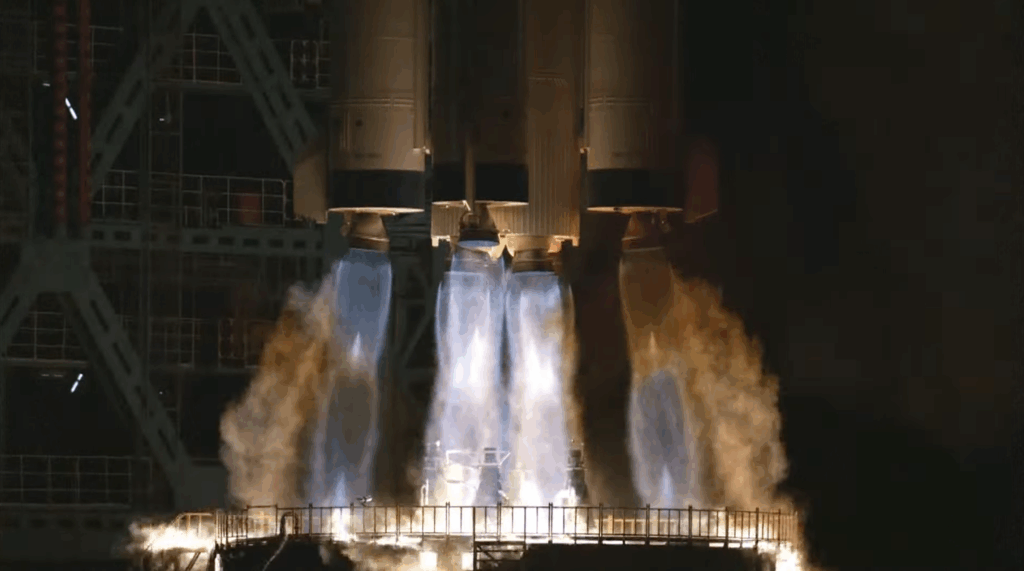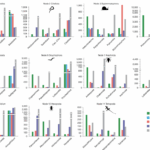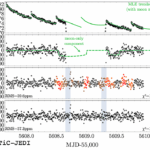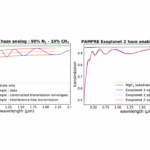Now Reading: Solar storm offers critical data for future space weather monitoring despite minimal impact on Earth
-
01
Solar storm offers critical data for future space weather monitoring despite minimal impact on Earth
Solar storm offers critical data for future space weather monitoring despite minimal impact on Earth


Last week, a significant solar storm struck Earth, following a series of coronal mass ejections (CMEs) from the Sun. In just 48 hours, the Sun emitted three consecutive CMEs, culminating in a vigorous geomagnetic storm that lasted approximately six hours before subsiding. Fortunately, this intense celestial event had a limited impact on critical technologies and did not pose any direct biological threats to individuals on the planet. As the Sun has already reached solar maximum earlier this year, experts anticipate a greater likelihood of similar solar disturbances in the near future. The recent storm provided an important opportunity for various European Space Agency (ESA) missions to gather radiation data, which is currently under analysis.
Solar phenomena follow an 11-year cycle characterized by alternating periods of heightened and subdued activity. Earlier this year, the Sun peaked at solar maximum, increasing the chances for significant storms. On November 11, 2025, a powerful X-class solar flare erupted, reaching its peak around 10:04 UTC and was succeeded shortly thereafter by a rapidly traveling CME, initially estimated to be moving at 1,500 kilometers per second. By 18:50 UTC the following day, the CME impacted Earth, leading to a robust geomagnetic storm that peaked for six hours before tapering.
The active region of the Sun responsible for this eruption, NOAA Active Region 14274, produced a total of four solar flares and an equal number of CMEs, three of which were aimed directly at our planet. The most visually striking event occurred on the same day the X-class flare was recorded, though surprisingly, it resulted in a smaller-than-expected geomagnetic disturbance. This sequence of solar activity was completed on November 14, when the region released its final CME before moving out of Earth’s view.
The most immediate effect of the solar storm was considerable disruption to radio communications in regions facing the Sun. A severe radio blackout was reported across Europe, Africa, and Asia, lasting between half an hour and an hour. Additionally, a rare Ground Level Enhancement (GLE) event was observed, characterized by high-energy solar particles that managed to penetrate Earth’s magnetic shield, typically effective against lesser solar eruptions. While high-energy particles can be harmful to astronauts and spacecraft, the impact on Earth’s infrastructure remained minimal, with ESA spacecraft showing no signs of damage thanks to their robust design. However, critical data was gathered during the event, which is now being evaluated.
ESA’s various missions were well-positioned to study the storm’s effects on Earth’s upper atmosphere. Fourteen hours prior to the geomagnetic storm’s onset, ESA’s Soil Moisture and Ocean Salinity (SMOS) mission detected a significant radio burst coinciding with the solar flare. Meanwhile, ESA’s Swarm satellite trio observed magnetic fluctuations that exceeded normal levels during the storm’s early phase, identifying ‘proton auroras’—a diffuse light display observable at lower latitudes during heightened solar activity.
Spacecraft outside Earth’s magnetic protection, like the Solar and Heliospheric Observatory (SOHO) and the Solar Orbiter, also recorded the storm’s effects. SOHO captured early observations of the CMEs, while the Solar Orbiter detailed the X5 flare and the associated particle events. BepiColombo, on its journey toward Mercury, encountered what is likely the largest solar energetic particle impact since its launch, leading to transient memory errors that were quickly resolved.
The risks posed by solar storms extend beyond Earth, impacting operations in space where astronauts and spacecraft are vulnerable to high-energy particles. To mitigate these dangers, ESA and its partners are equipped with advanced radiation instruments, designed to monitor anomalies, enhance operational decision-making, and refine spacecraft designs. Amid growing interest in lunar and deep-space missions, these monitoring efforts are increasingly critical.
ESA is laying the groundwork for future space weather monitoring systems, with missions like Vigil set to launch in 2031, which aims to observe the Sun from Lagrange Point 5. This platform will allow for continuous monitoring of solar activity, potentially offering alerts for hazardous solar events hours before they impact Earth, enhancing preparedness for critical infrastructure and spacecraft safety.
Stay Informed With the Latest & Most Important News
Previous Post
Next Post
-
 012024 in Review: Highlights from NASA in Silicon Valley
012024 in Review: Highlights from NASA in Silicon Valley -
 02Panasonic Leica Summilux DG 15mm f/1.7 ASPH review
02Panasonic Leica Summilux DG 15mm f/1.7 ASPH review -
 03How New NASA, India Earth Satellite NISAR Will See Earth
03How New NASA, India Earth Satellite NISAR Will See Earth -
 04And Thus Begins A New Year For Life On Earth
04And Thus Begins A New Year For Life On Earth -
 05Astronomy Activation Ambassadors: A New Era
05Astronomy Activation Ambassadors: A New Era -
06SpaceX launch surge helps set new global launch record in 2024
-
 07Space Force plans new ‘Futures Command’ amid pressure to speed up modernization
07Space Force plans new ‘Futures Command’ amid pressure to speed up modernization




















